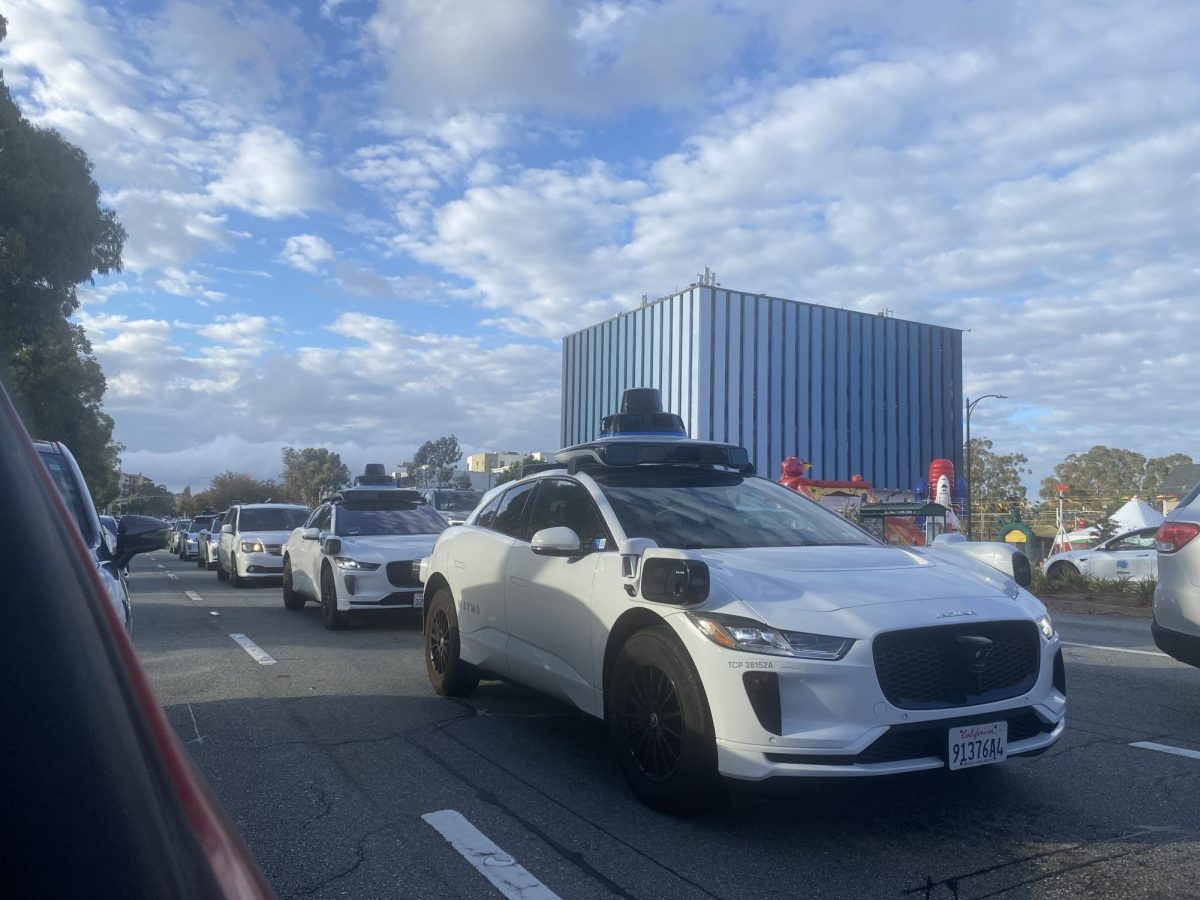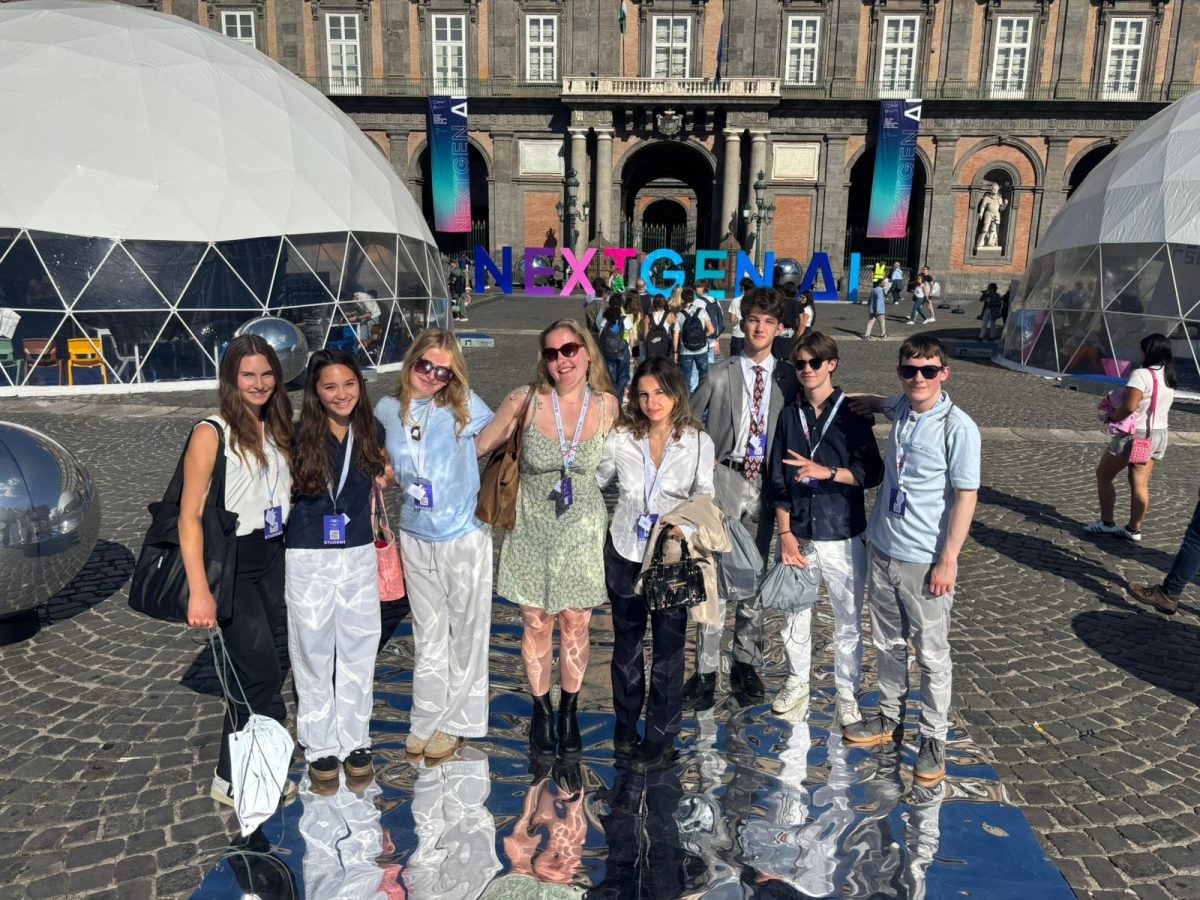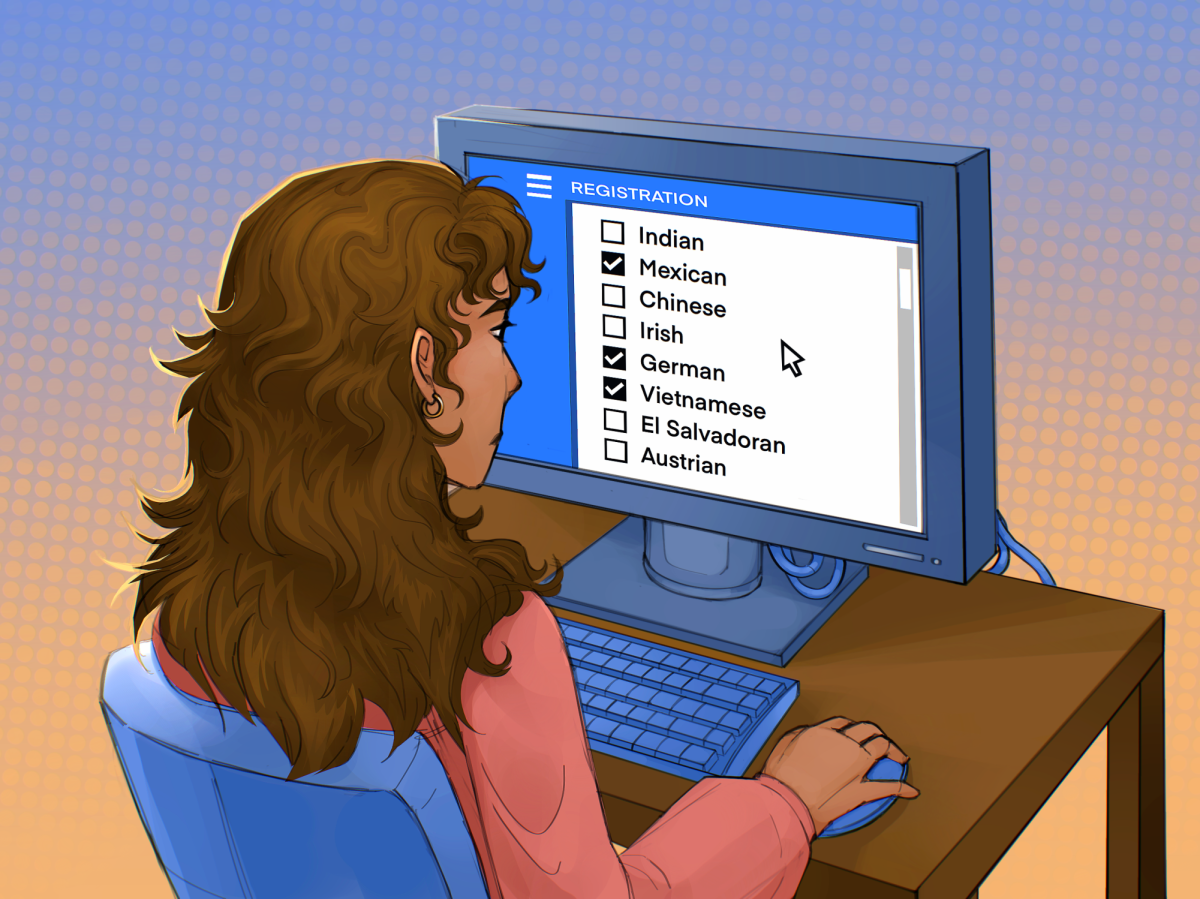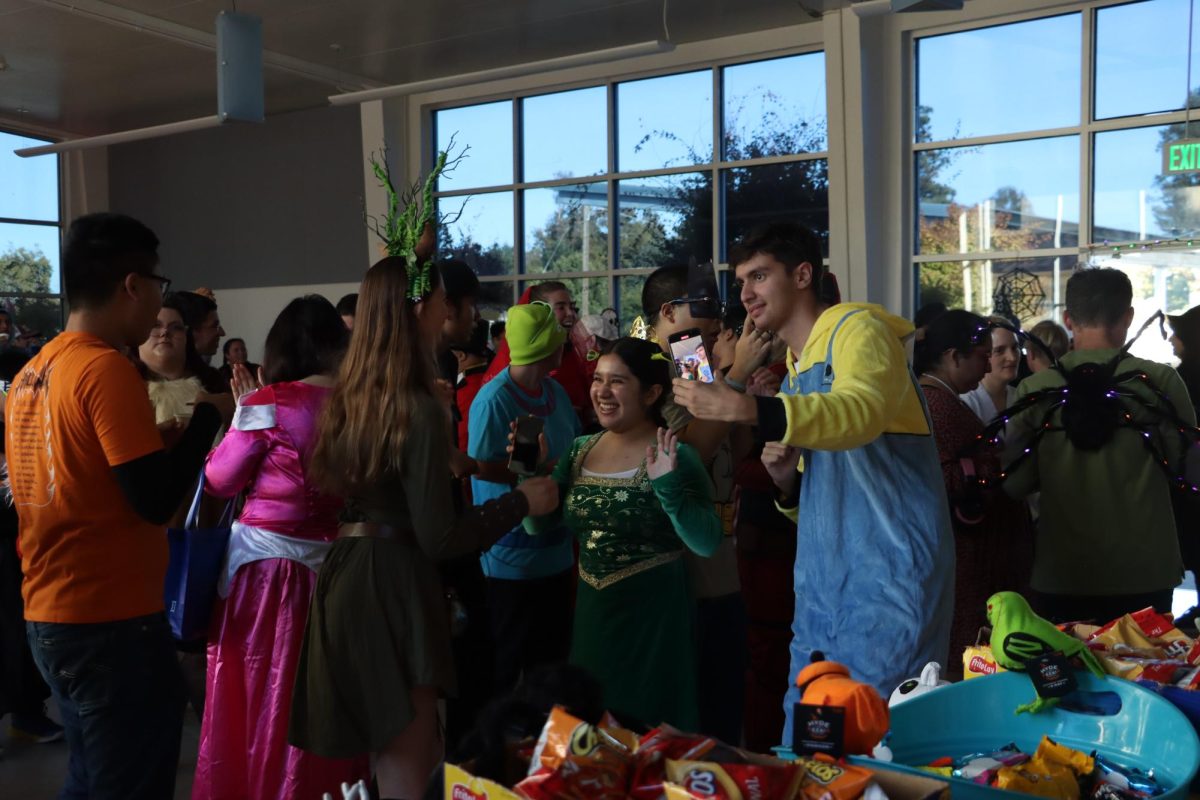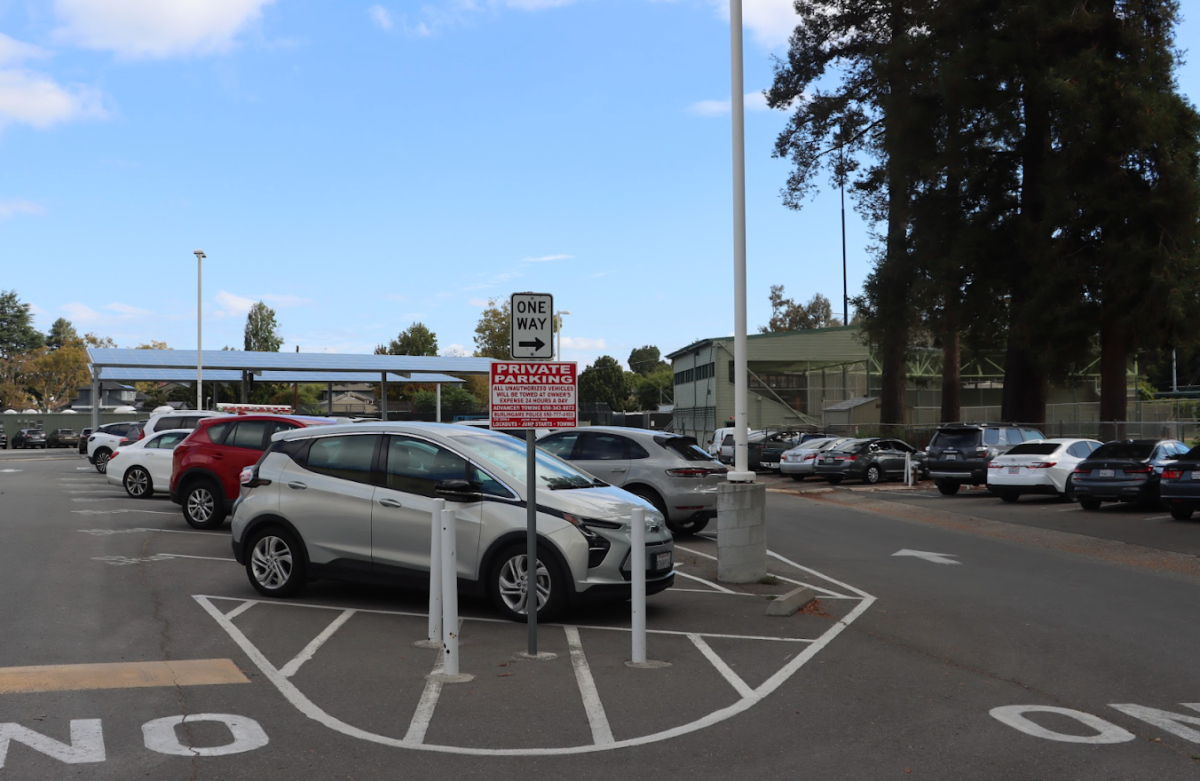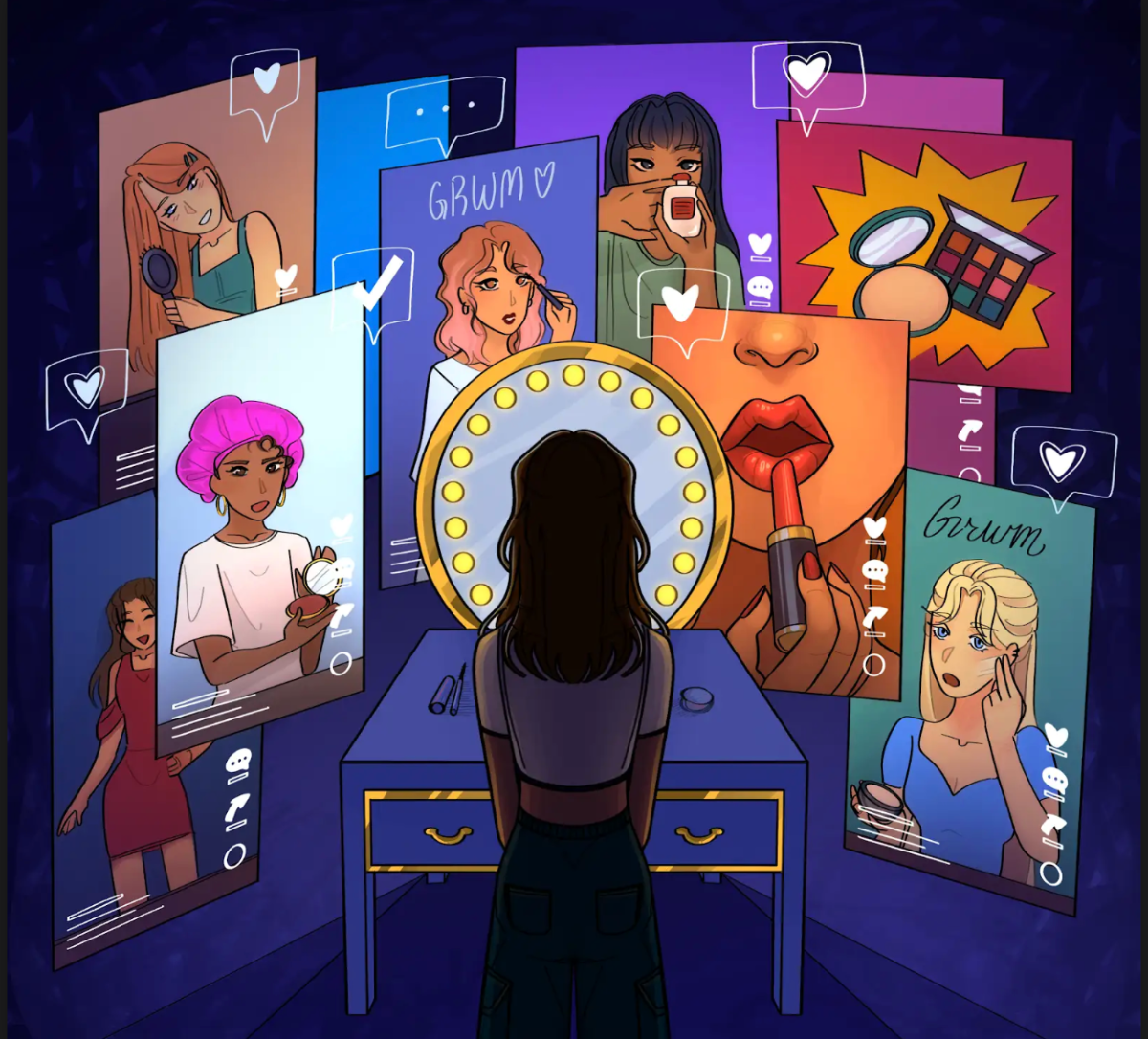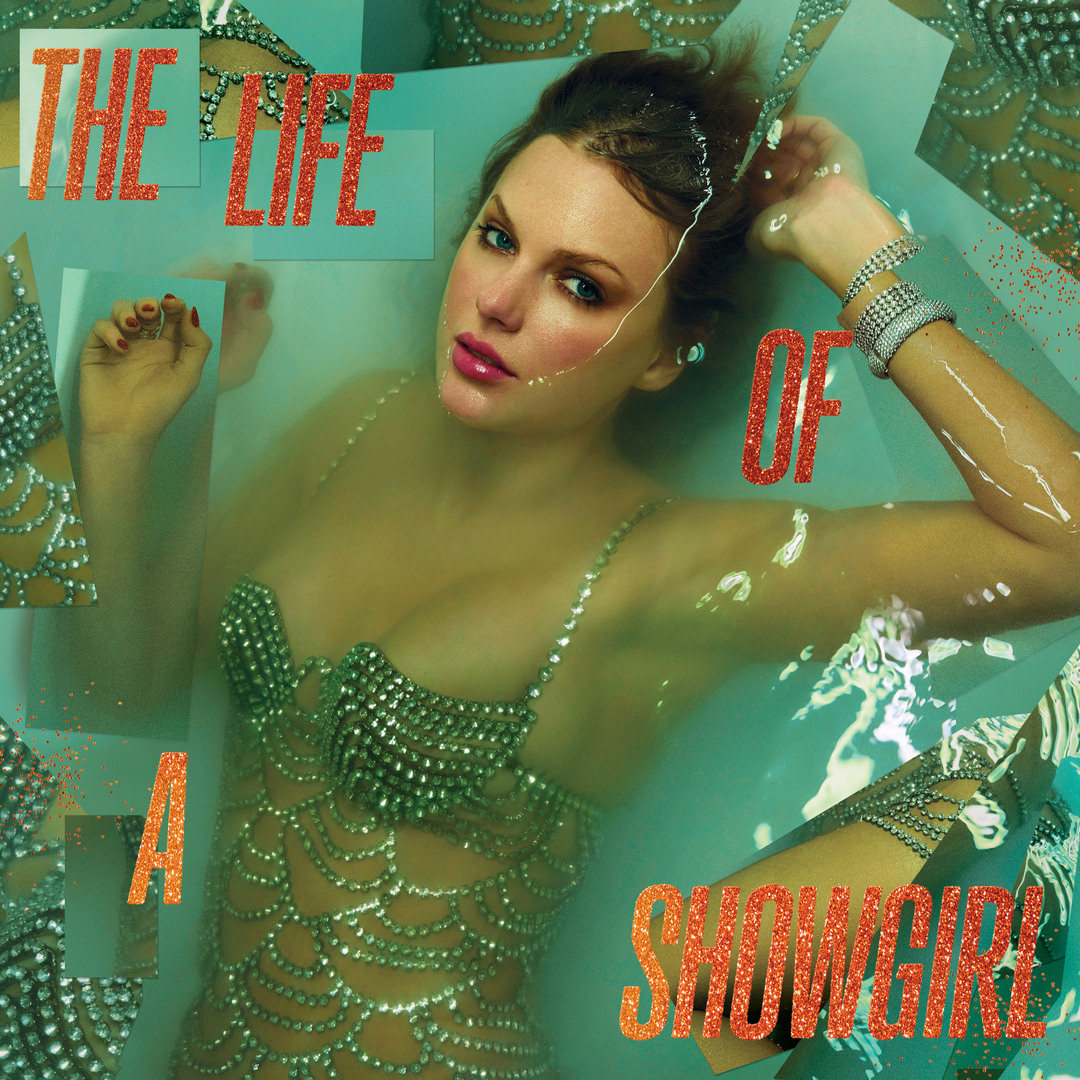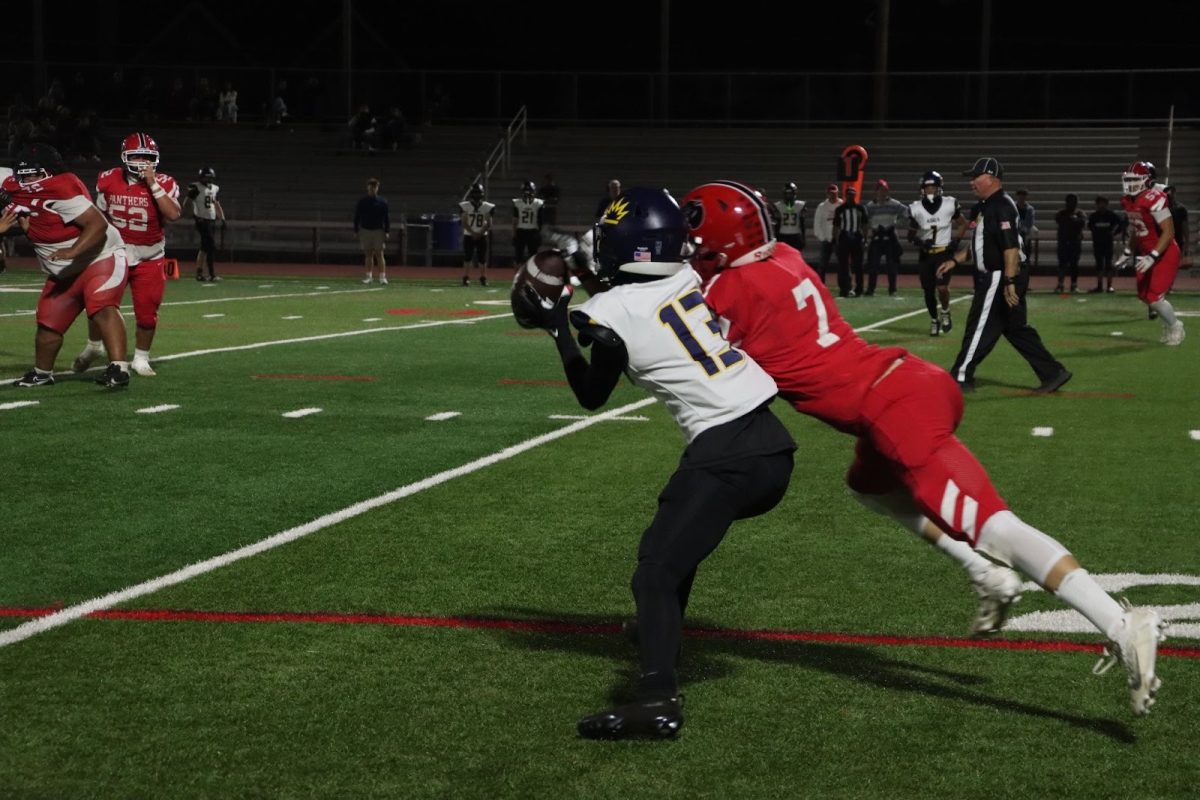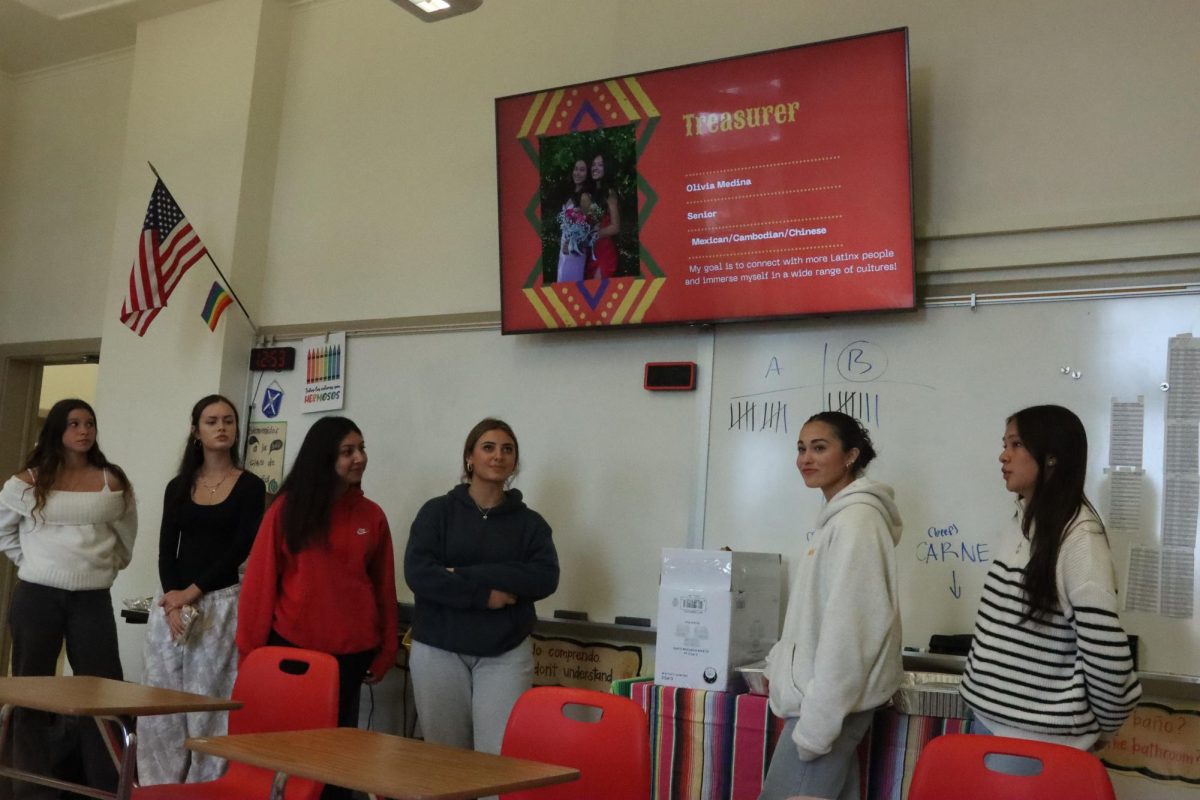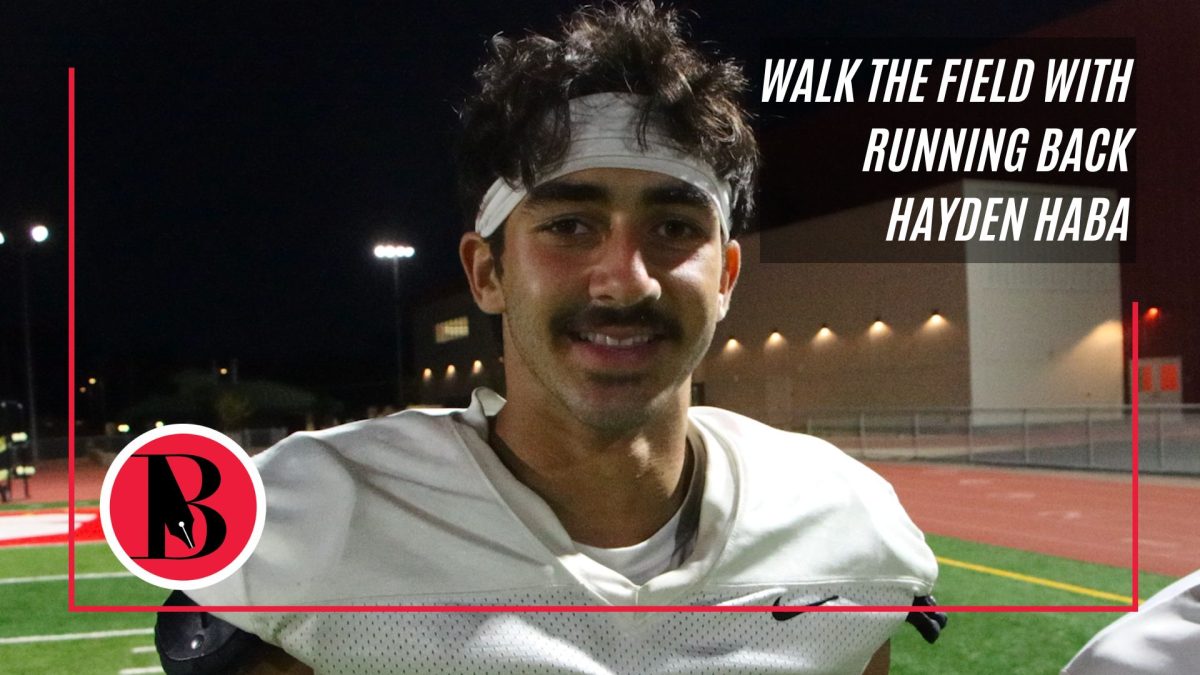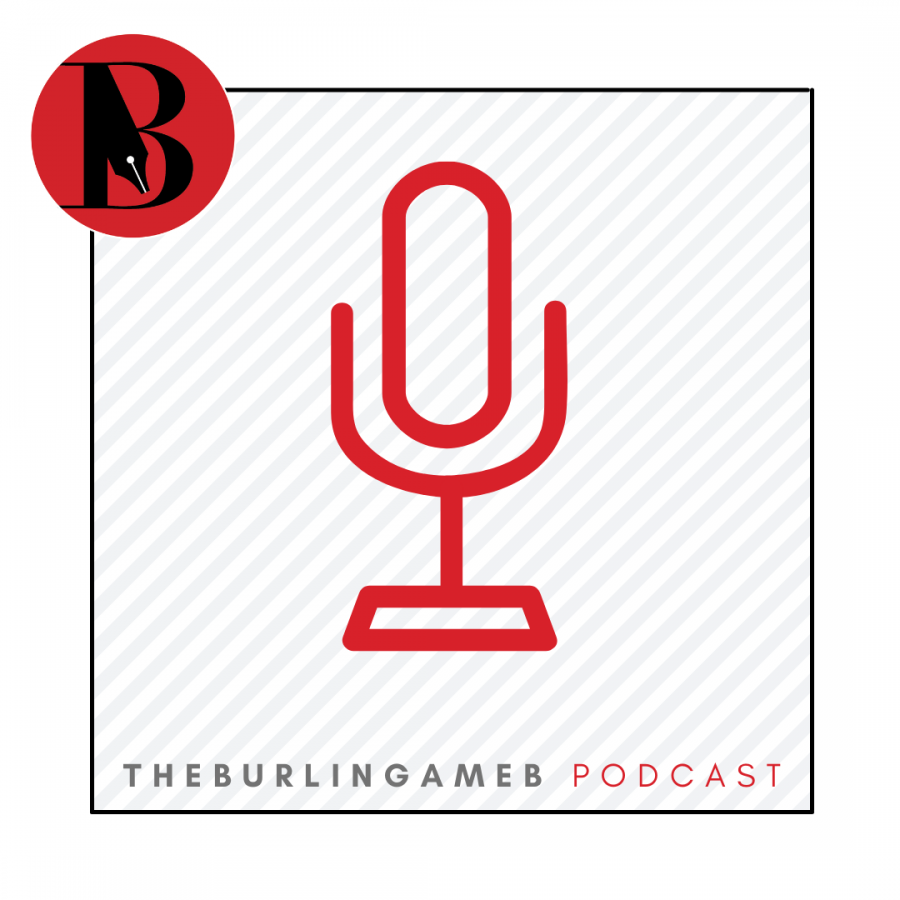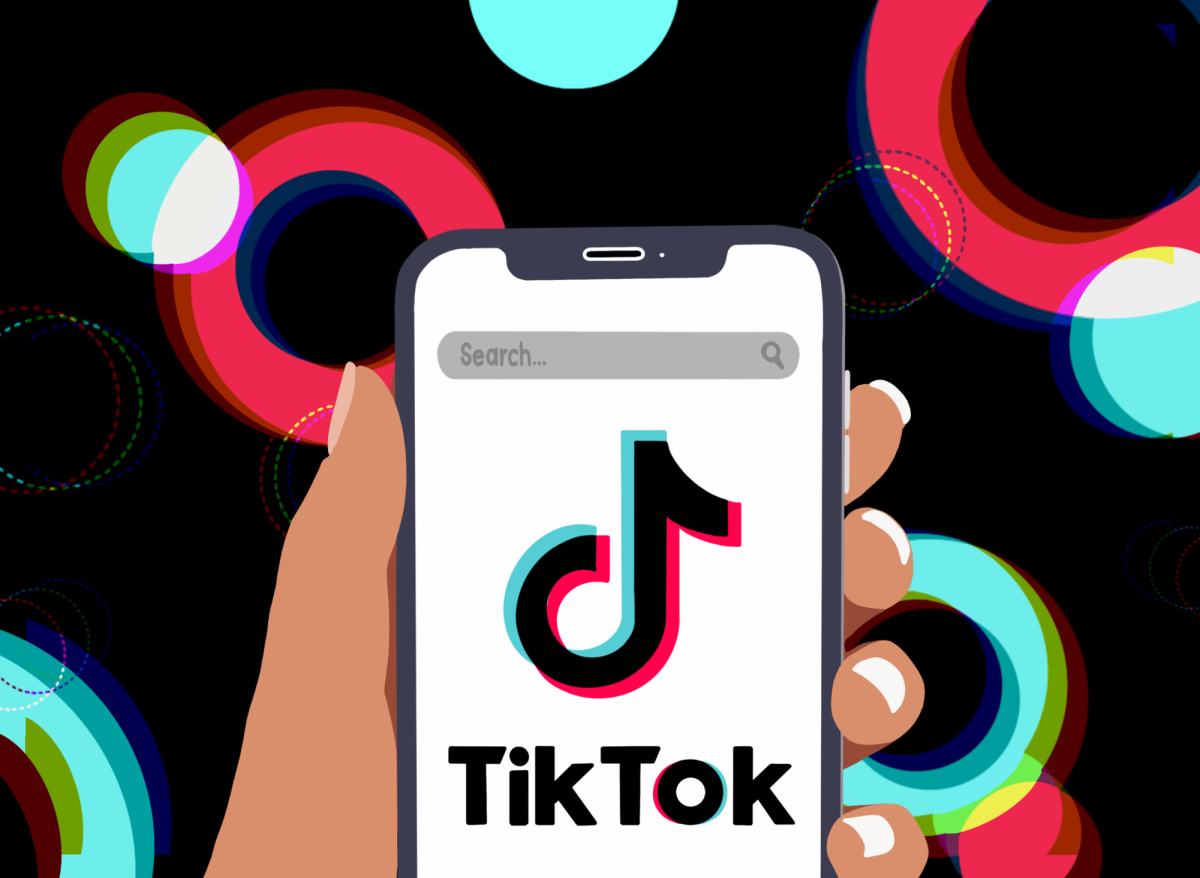The next time you’re free in class, take a look around. Chances are, you’ll find your classmates scrolling through TikTok, the widely popular social media app that’s captivated the nation, especially its youth.
When TikTok was first launched in 2017, the platform was designed to share dance videos and “meme-like” content. However, as the app introduced new features like TikTok Shop and new AI tools, it evolved into a search engine. While Google’s search engine typically directs users to sites to verify or search for related information, TikTok leads users to hundreds of videos with key phrases that may relate to their search.
Junior Caitlyn Fernandez said that the information she finds on TikTok is often unreliable and biased, which risks opinions based on speculation rather than factual evidence.
“TikTok has become like Wikipedia — anyone can post or say something. I don’t trust them unless they have a reliable source,” Fernandez said. “It’s really easy to lie on the internet, it’s important to get your facts straight and not [use] a 14-year-old [as] your source.”
Although Tiktok has adopted features similar to other search engine platforms, it is still different in many ways. The purpose of the app is to maximize user engagement, prioritizing interaction above all else.
“TikTok has definitely become an outlet for myself to relieve boredom when I have nothing else to do,” Fernandez said.
A 2024 survey by Adobe reveals that TikTok is the fourth most popular platform for finding information online, following YouTube, Bing, and Google. According to Fernandez, there is a reason why many young people prefer TikTok over other platforms when conducting online searches.
“Although it’s super easy to get misconstrued info, it is a super accessible source,” Fernandez said. “I only use it when I’m looking for something minor, like restaurants or slang. I feel like politics should be kept to trustworthy media, but I know that they’re not right now.”
Unlike Instagram or X, which are more text-based and use videos as a secondary feature, TikTok’s short-form video format captures the viewer’s attention spans and promotes quicker consumption. In these circumstances, viewers are at risk of consuming information without questioning its accuracy.
Nevertheless, Backlinko states that TikTok was downloaded 875.67 million times in 2024, reflecting the app’s ongoing popularity. According to senior Alice Lee, it has become an app trusted by many, used as a way for users to follow and keep track of current trends,
“It definitely has a lot of influence on pop culture and microtrends,” Lee said. “A lot of stuff I have I never would’ve thought about buying or wearing unless for TikTok.”
Lee attributes this trait to the COVID-19 pandemic, when TikTok became an important form of social connection for many, including herself.
“In 2020 all we could do was sit on our phones, trends came and went quickly,” Lee said. “Info circles so quickly that people get bored of it so much faster, because it’s so much more accessible [now].”
Considering TikTok’s vast audience and its influence over youth, Fernandez said that pausing to verify online information on Tiktok’s search engine is a crucial step in an age of instant, continuous media.
“Definitely make sure to double-check what you see or hear on the app because it’s easy to form opinions, but it’s harder to actually fact-check the info you see,” Fernandez said.


